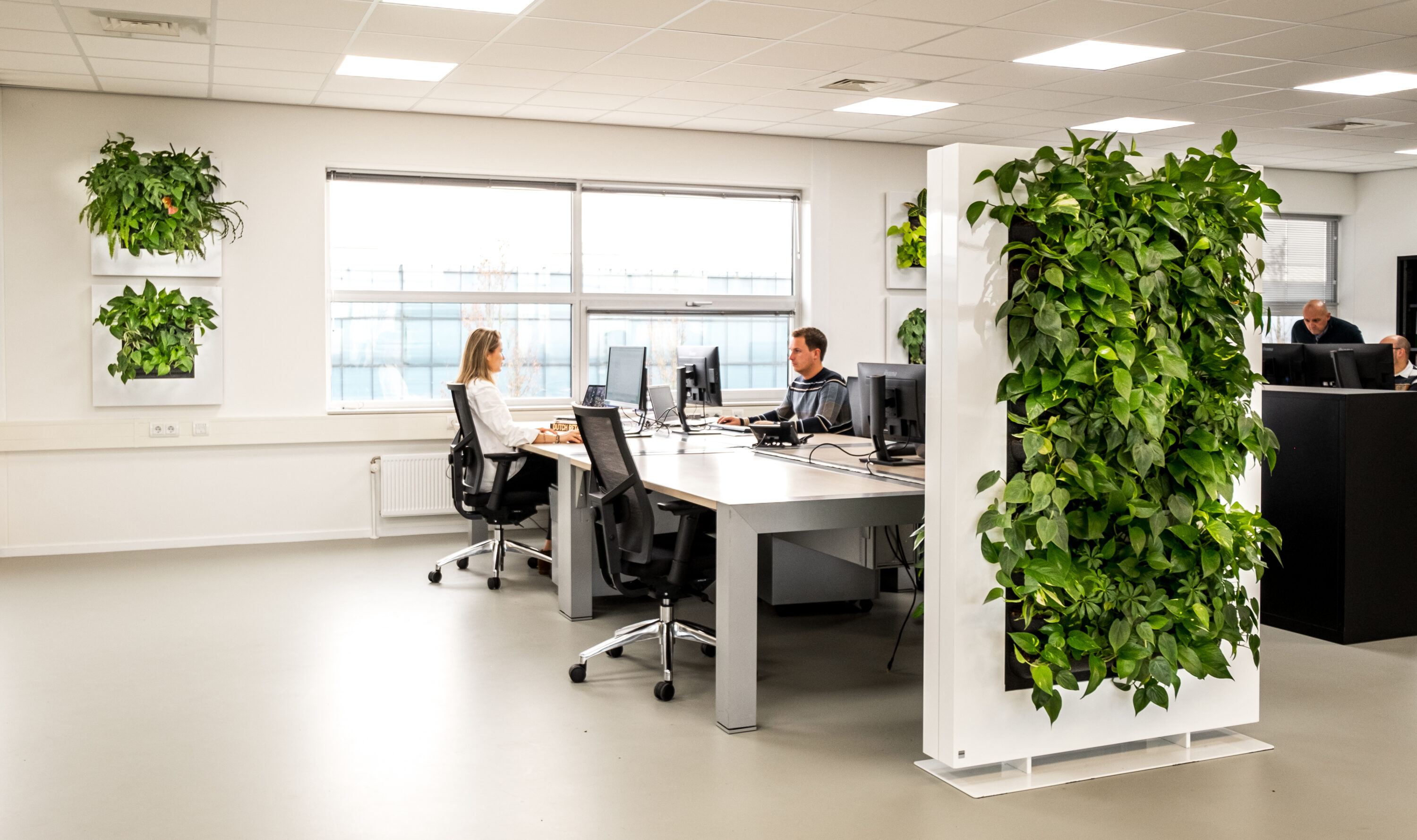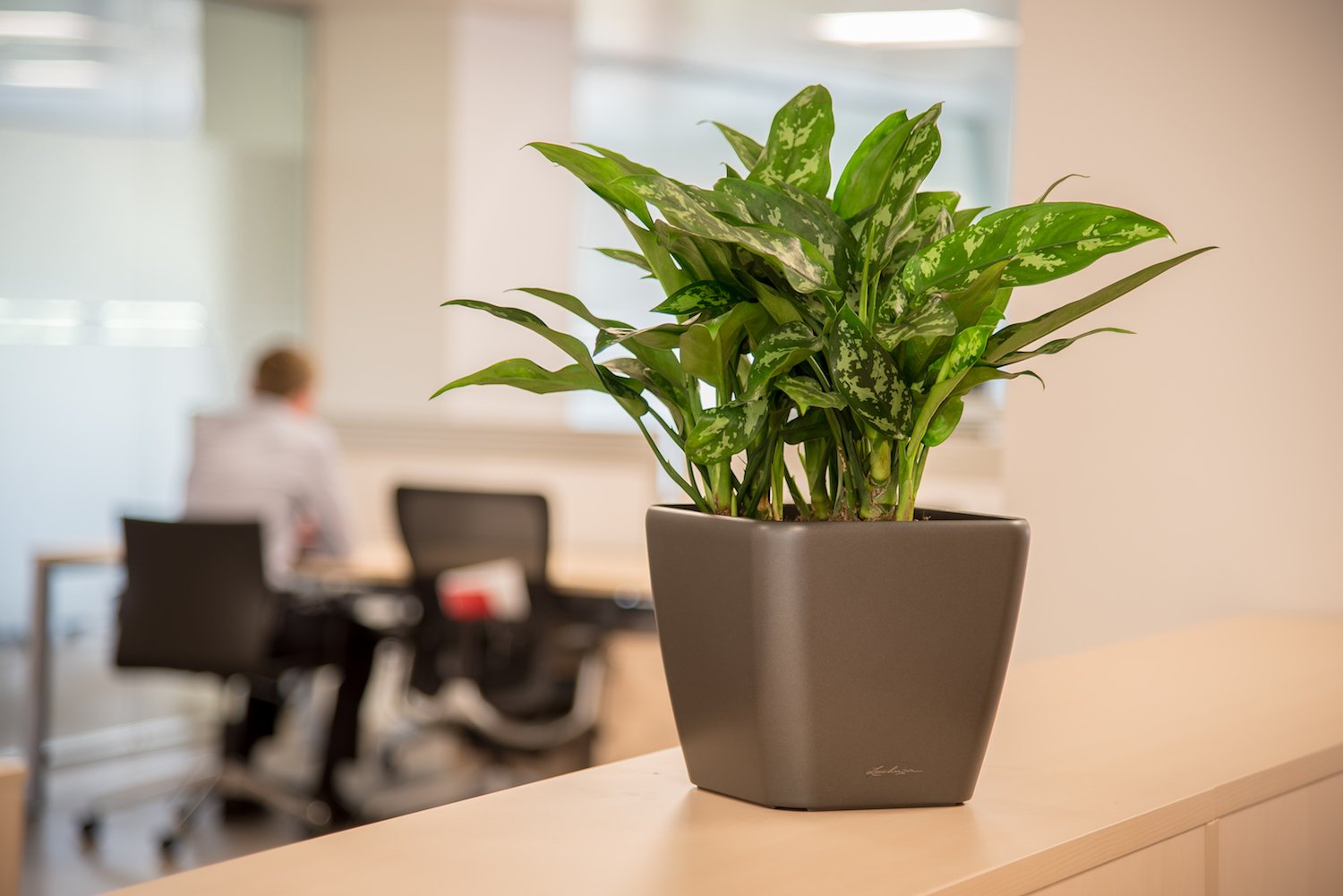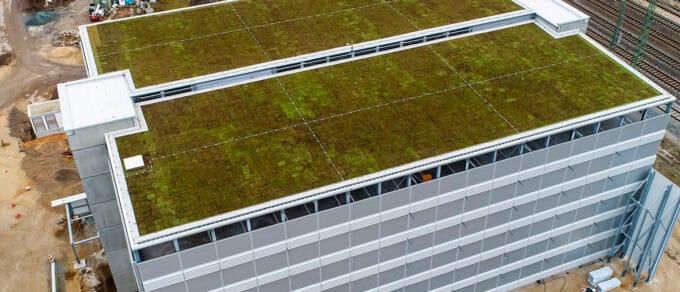How Biophilic Design can have a Major Impact on Health and Wellbeing
The celebrated American Biologist, Naturalist and Writer, Edward O. Wilson, recognised urbanisation was having a negative effect on the overall wellbeing of office workforce employees. As far back as 1984, he came up with the term 'biophilia' and advocated how it can be a solution to help people reconnect with nature.

Recently, biophilic design in office buildings has been gaining momentum all over the world. Its popularity has been prompted by a series of studies that reveal office environments to be detrimental to employees' mental health.
In fact, the World Health Organisation (WHO) warns that stress-related illness, such as mental health disorders, and cardiovascular disease will be the two most significant contributors to work-related illnesses next year.

Studies have shown that the mere sight of greenery have a positive effect on wellbeing through the neuro-endocrine and immunological system.

Green walls (also known as Living Walls), rooftop gardens and plenty of interior plants increase greenery which adds to the visual appeal of the office. Thanks to numerous benefits, the biophilic revolution has taken off.
Counteract Sick Building Syndrome
Poor air quality is another contributing factor to health problems amongst office workers. Inadequate ventilation, chemical contaminants from indoor sources, and chemical contaminants from outdoor sources have been found to cause “sick building syndrome."
In 1989, NASA’s Clean Air Study found that this syndrome can be managed and prevented by the presence of indoor plants thanks to their ability to remove toxic agents, increasing air quality.
Elements of Nature
Biophilic office designs should incorporate living plants, and a plethora of natural materials such as wood, stone and sand together with earthy tones like brown, green, and light blue.
Natural elements that invoke the movement and warmth of the environment have an impact as visual features.
Moreover, they promote emotional stimulation and reduce stress in high-pressure environments.

A good example of incorporating nature into the built environment are vertical wall gardens.
A living wall partition can be created which includes an automated irrigation system with remote monitoring whilst plants act as natural air-purification systems that augment oxygen levels.
Expanding into the outdoors

As well as bringing the outdoors indoors, interior office designers have been looking for ways that utilise outdoor areas in a variety of innovative designs.
We are starting to see more instances of roof gardens, urban farms, planted balconies and living walls on building facades and car parks.
Outdoor greenery not only add a welcoming extension to your office space, but they also help to stimulate employees and clients, improve wellbeing and productivity.
As a result, companies benefit from higher performance levels, staff retention and reduced absenteeism.
An employer who can provide an attractive setting and cares for the health and wellbeing of their workforce are going to be well sought-after by the more talented end of the workforce spectrum.
Biophilic office designs serve as a visual indicator to show that a company can satisfy both conditions – and can therefore have a positive impact on your bottom line besides. The biophilic office is becoming the smarter workplace of the future.
We hope this short piece has provided a good summary of what biophilic office design is and what the benefits are. If you’re interested in how you can incorporate elements of biophilic design into your workplace give us a call on 01752 822782 or fill out our CONTACT FORM.
Your name *








